What is the Best VTEC setting?
What is it?
The Honda VTEC system is a dynamic valve timing adjustment, mounted on the engine head. It dynamically adjusts the exhaust valves’ timing by means of oil pressure. This oil pressure is controlled at the same time by the ECM through a solenoid valve. The ECM “decides” if to activate it or not, based on parameters like oil pressure, oil temperature, vehicle speed, engine speed, and engine coolant temperature. Similar systems have been developed for other car makes with different names or “variations” of that name. For example, Toyota VVTi, BMW Vanos, Mitsubishi MiVEC, and some others.
This article is covering the early system that use to activate or deactivate the VTEC. Not like the new “i” systems which are called VTEC-i or VTEC with “intelligence”. It is a more dynamic and sophisticated system which do not only activate or deactivate the VTEC but also controls the degrees of the activation. So instead of ON and OFF, it also adds how much it will be ON and how much it will be OFF.
A more detailed explanation of what VTEC is can be seen in the following video:
Back to the early models
Once the oil path is opened, the VTEC system is said to be activated and the mechanical valve timing is changed or “enhanced” for the actual condition of the engine. Two valve settings are present in the old systems, ON or OFF. When it is OFF, the camshaft is set to maximum engine power at lower engine speeds and when it is ON, it is set to maximum power at the upper engine speeds by slightly opening the exhaust valves at the intake stroke to allow a better cylinder filling at such high engine speeds and alleviating the pressure that goes against piston movement and such, against performance.
Facts
For an internal combustion engine at low RPMs, the best power is obtained by making the intake valves to open exactly when the piston starts to go downward in the intake stroke and closing at the same time the exhaust valves. It is achieved by setting the camshaft to do exactly so. But this is not true at high engine speeds. At high RPMs, it starts to form a “discrepancy” between the high-speed mechanical movement versus the slag present in the gases moving throughout the engine. In that case, it would be better to open the intake valves a little bit earlier than the piston starts to go down in the intake stroke and leaving it opened for a longer period to allow the fulfillment of the combustion chamber in such a short time.
The Contradiction
Due to the facts described above, engine speeds with a fixed cam can only be adjusted to low engine speeds, high engine speeds, or somewhere in the middle. If an engine’s valves are set to maximum power at low speeds, let’s say to have an outrageous power at launch, it will increasingly lag a lot of power as it approaches high engine speeds. It will be great in the beginning, but will continuously lose power while reaching top engine speeds.
On the other hand, if valves are set to obtain maximum power at high engine speeds, it will be amazingly fast at high vehicle speeds but will take a long time to reach it. It will start lazy and go faster as the engine speed goes up. If it is set somewhere in the middle, there will be low power at launch and low power at high speeds. The only way to make it respond the best way in the full range would be to put a dynamic valve system which will be automatically adjusted by the system on demand. Here is when VTEC comes into the scene.
The Idea and Best Setting
The idea is like two different engines in one. One will take care of the lower range, while the other takes control anytime you go to the upper range. The VTEC system, which is similar to today’s Toyota “VVT-i”, BMW “Vanos”, Mitsubishi “MiVEC”, and some others, does the task with a special mechanism on the engine head.
The setting you are looking for is different for every engine. Even the same models will have slight differences. So if you have more than one car, even if it is the same model, you will need to do the experiment on both cars separately to know the setting of both.
To do this right, the car must be hooked on a dynamometer and some tweaks must be done. Each car tested will need at least two dyno tests. One with VTEC-ON and the other with VTEC-OFF. We are using Honda 1995 model as an example. By default, many Honda engines of those models have a factory setting of VTEC changeover at 5500 RPMs or higher if the engine load is light.
For the first dyno run, the VTEC must be disconnected and a similar value resistor must be connected to the VTEC wiring that goes to the ECM to avoid check engine and limp mode. The value of the resistor we refer to must be the value in ohms of the VTEC solenoid coil. After a graph is plotted, save it to compare it with the next dyno run graph.
Now do the second dyno run with the VTEC energized by means of a wire supplying 12 volts to the solenoid to keep it active all the time. Keep the other end of the connector like in the first dyno run with the resistor. In both tests, the car should be run the whole acceleration range without VTEC and with VTEC externally powered.
So basically, the engine will be tested in two conditions through the whole RPM range and with the stock chip (stock maps) to avoid wrong readings and afterward, you will have two different plots from the dyno. All you have to do is to put one plot over the other and the exact point where the horsepower line cross over the other in both dyno plots, there you will have your best VTEC activation point in RPMs. The best point should be around 4000 and 6000 RPMs. The resulting value then can be programmed in a chip and install it in the ECM.
About the resistor in the VTEC connector that goes to the ECM, a dummy inductive load might be better, so if you get any spare VTEC solenoid coil for easier connection or just any automotive coil intended for 12V with similar ohms value it will be best. The resistance value of the VTEC solenoid coil should be from 5 – 10 ohms, but it is better to measure the one your car has to avoid limp mode.
NOTE: This will be a “basic” VTEC best activation point in RPM. Please remember that VTEC takes into account various factors, like oil pressure, engine load and etc. This point may vary if the factors change. So it is important that at least, you do the tests with the engine load you are expecting to have it tuned for.


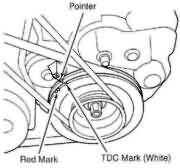
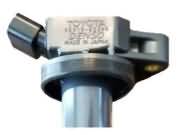

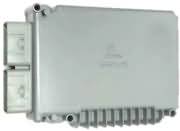

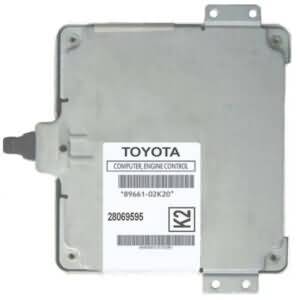


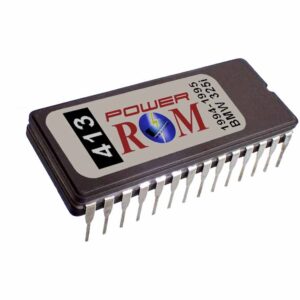
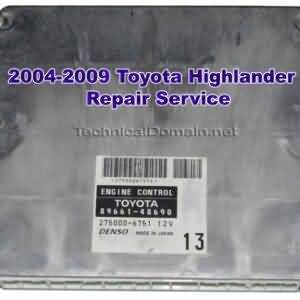
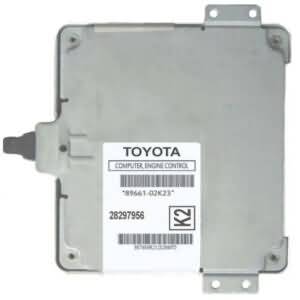

I tried what you explain in your report and i found it was close to stock value. below 4500 is much slower after it hits 5800 rpm
Hello. Yes, it is often that way. It comes already optimized from factory, unless you do any modification. Chip modifications allow in some cases to lower it a little, but as you said, no lower than 4500 RPMs.
Best regards,
Richard
Very high quality chips with custom vtec settings can be found at:
http://www.OtherDeal.com
Just contact them and tell them your needs.
this post is very usefull thx!